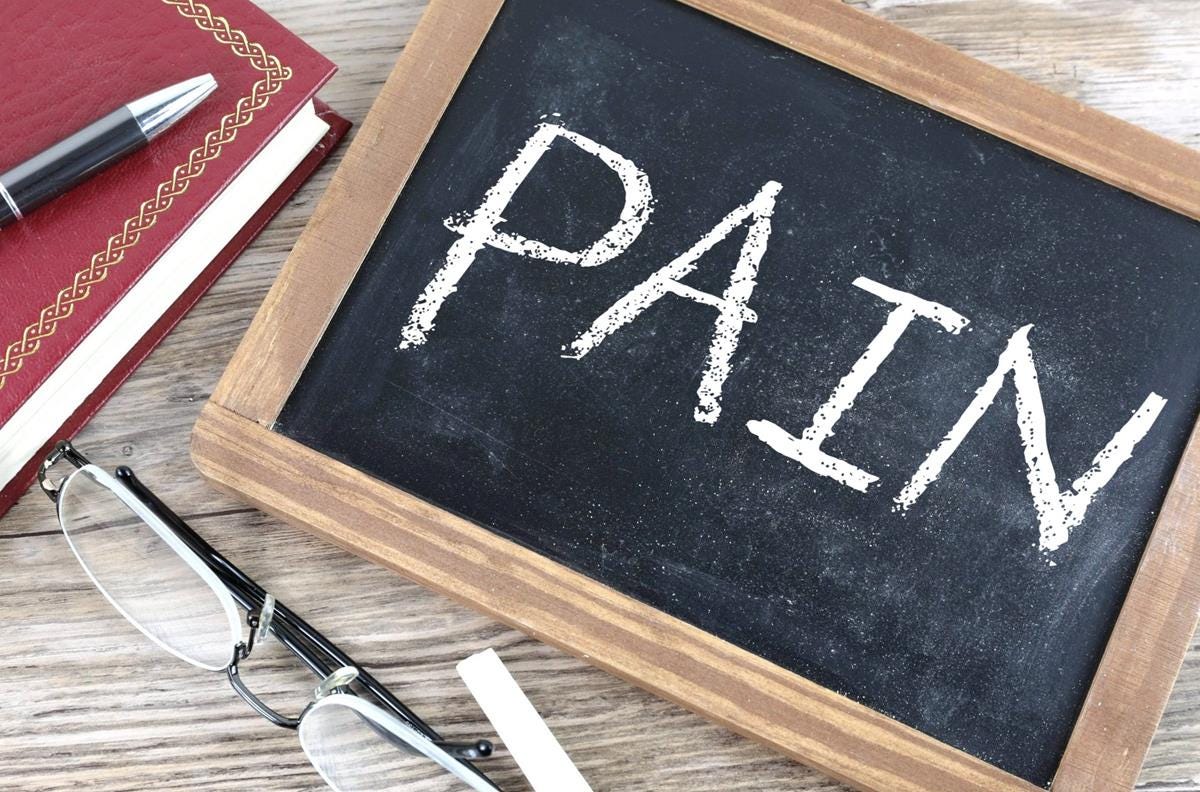Pain affects millions of people worldwide and can significantly impact quality of life. Whether you experience chronic pain from medical conditions or occasional discomfort from daily activities, understanding different management approaches can help you find relief. Here is more information on the three main categories of pain management techniques that you can incorporate into your daily routine:
Managing Physical Pain
Heat and cold therapy represent two of the most accessible physical approaches for pain management. Heat therapy works by increasing blood flow to affected areas, which can reduce muscle stiffness and promote healing. You can apply heat through warm baths, heating pads, or warm compresses for 15-20 minutes at a time. Cold therapy reduces inflammation and numbs pain by decreasing blood flow to the affected area. Ice packs or cold compresses work best when applied for 10-15 minutes several times throughout the day.
Gentle stretching and movement can also provide significant pain relief. Regular stretching helps maintain flexibility and reduces muscle tension that contributes to pain. Simple stretches targeting areas like the neck, shoulders, and lower back can be performed throughout the day, even at work. Low-impact activities such as walking or swimming promote circulation and release natural pain-relieving chemicals called endorphins.
Aiding Mind-Body Pain
Deep breathing exercises can help manage pain by promoting relaxation and reducing stress. Diaphragmatic breathing, where you breathe deeply into your belly rather than your chest, activates the body’s relaxation response. Practice this technique by inhaling slowly for four counts, holding for four counts, and exhaling for six counts.
Progressive muscle relaxation involves systematically tensing and releasing different muscle groups throughout the body. This technique helps you identify areas of tension and learn to release them consciously. Start with your toes and work upward, tensing each muscle group for five seconds before releasing and focusing on the sensation of relaxation.
Meditation and mindfulness practices can change how the brain processes pain signals. Regular meditation practice can reduce pain intensity and improve coping abilities. Start with just five minutes daily, focusing on your breath or using guided meditation apps.
Modifying Lifestyle Factors
Sleep quality directly affects pain perception and healing. Poor sleep can increase pain sensitivity and interfere with the body’s natural recovery processes. Establish a consistent sleep schedule, create a comfortable sleep environment, and avoid caffeine or screens before bedtime. Most adults need seven to nine hours of quality sleep per night for optimal pain management.
Anti-inflammatory foods such as leafy greens, fatty fish, berries, and nuts can help reduce systemic inflammation. Staying adequately hydrated supports overall body function and can prevent headaches and muscle cramps. Stress management is fundamental to pain control, as stress can amplify pain signals and create muscle tension. Regular stress-reduction activities such as journaling, spending time in nature, or engaging in hobbies can break the cycle of stress and pain.
Find a Pain Management Clinic
Effective pain management often requires a combination of techniques rather than relying on a single approach. Different types of pain may respond better to specific methods, and what works for one person may not work for another. Consult with a pain management clinic to see how they can help reduce your pain levels.







